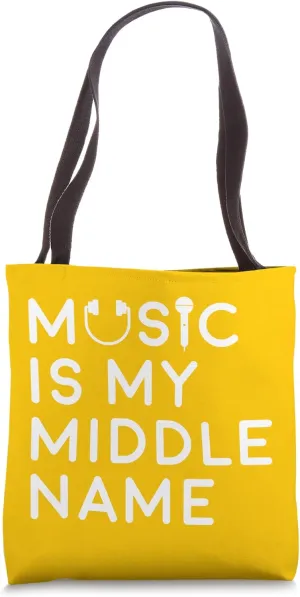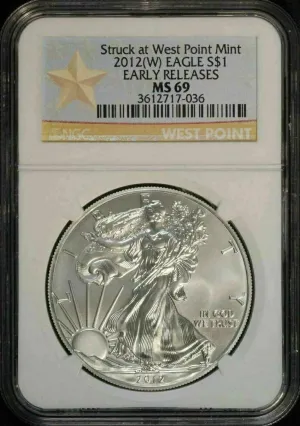Product Description
WINNER: BEST DOCUMENTARY (Big Water Film Festival, 2008). WINNER: 2nd Place DOCUMENTARY FEATURE, and 2nd Place NATIVE AMERICAN VOICES (Fargo Film Festival, 2008) This is the Sitting Bull few people know. This is the man neither the hard-hewn image emblazoned on t-shirts nor the boor caricatured in the recent HBO twaddle who we see in John Ferry's captivating documentary, SITTING BULL: A STONE IN MY HEART. Ferry spent four years of research to develop an oral history, the story of Tatanka-Iyotanka in his own words, recited in earnest authenticity by artist and activist Adam Fortunate Eagle. Like documentarian Ken Burns at his best, the viewer is yanked head and heart to bear witness as Native America s most famous son talks about his life on the Northern Plains, the Battle of the Little Big Horn and finally, his complicated views of Euro- American culture. Except for a few lines of dialogue invented for cohesion, it is Sitting Bull s first-person account of his life and times. And what an amazing life and time it was. ... A standout leader even at a young age, he used his bravery and wit to defy the encroaching incursion into his ancestral lands. He reveled in the attention from performing in Buffalo Bill s Wild West show, selling his autograph for a dollar or more a pop. He loved fame and developed a appreciation for ice cream and White dancing girls. When he finally met with the Great White Father to explain the plight of his people back home in South Dakota, Sitting Bull was insulted by President Cleveland s dismissive demeanor. Not the treatment a man with his standing and outsized ego was willing to accept. Similarly, Sitting Bull found it astounding that a culture that calls itself civilized abused its children and allowed people to go homeless and hungry on city streets. The wealth he amassed as an entertainer was given away to the urban poor and those on the reservation in need, keeping none for his personal enrichment. It's clear that despite the allure of celebrity, he remained to his core a Hunkpapa Lakota chief; a devotion he eventually paid for with his life in 1890. It is anecdotes like these interspersed with archival photos, graphics and a powerful score by Steve Henry and Cory and Ernie Orosco, that leave you wanting to know more.
Review
WINNER: BEST DOCUMENTARY (Big Water Film Festival, 2008). WINNER: 2nd Place DOCUMENTARY FEATURE, and 2nd Place NATIVE AMERICAN VOICES (Fargo Film Festival, 2008) This is the Sitting Bull few people know. This is the man neither the hard-hewn image emblazoned on t-shirts nor the boor caricatured in the recent HBO twaddle who we see in John Ferry's captivating documentary, SITTING BULL: A STONE IN MY HEART. Ferry spent four years of research to develop an oral history, the story of Tatanka-Iyotanka in his own words, recited in earnest authenticity by artist and activist Adam Fortunate Eagle. Like documentarian Ken Burns at his best, the viewer is yanked head and heart to bear witness as Native America s most famous son talks about his life on the Northern Plains, the Battle of the Little Big Horn and finally, his complicated views of Euro- American culture. Except for a few lines of dialogue invented for cohesion, it is Sitting Bull s first-person account of his life and times. And what an amazing life and time it was. ... A standout leader even at a young age, he used his bravery and wit to defy the encroaching incursion into his ancestral lands. He reveled in the attention from performing in Buffalo Bill s Wild West show, selling his autograph for a dollar or more a pop. He loved fame and developed a appreciation for ice cream and White dancing girls. When he finally met with the Great White Father to explain the plight of his people back home in South Dakota, Sitting Bull was insulted by President Cleveland s dismissive demeanor. Not the treatment a man with his standing and outsized ego was willing to accept. Similarly, Sitting Bull found it astounding that a culture that calls itself civilized abused its children and allowed people to go homeless and hungry on city streets. The wealth he amassed as an entertainer was given away to the urban poor and those on the reservation in need, keeping none for his personal enrichment. It's clear that despite the allure of celebrity, he remained to his core a Hunkpapa Lakota chief; a devotion he eventually paid for with his life in 1890. It is anecdotes like these interspersed with archival photos, graphics and a powerful score by Steve Henry and Cory and Ernie Orosco, that leave you wanting to know more. --Carole Levine, (Native Vue, Native American Times, Scene 4 Magazine)
Hearing the words of Sitting Bull in the extensive first-person narration is the best part of Sitting Bull: A Stone in My Heart. There are few places to go to get a better spirited picture of his life. --Wild West Magazine
Unlike mythic portrayals of Sitting Bull, the film achieves an even-handed, and consequently more trustworthy approach to his battles with the white man. --Hanna Tennant-Moore, Santa Barbara Independent
About the Actor
Adam Fortunate Eagle, a one-time resident and successful San Francisco businessman is a respected Native American activist, artist and writer. He was one of the principal organizers of the Alcatraz Island takeover in 1969 by a group of Native Americans demanding compliance with certain inherent rights promised by the U.S. government but that were never honored. The takeover, lasting 19 months, eventually involved the federal government and president Nixon. This led to major reforms that today benefit all Native Americans.
About the Director
John Ferry has been active in documentary filmmaking for almost three decades, working closely with the late Academy Award-winning filmmaker Robert Snyder. His work with Snyder includes Michelangelo: Self-Portrait which had both a theatrical release across the United States as well as a successful national broadcast on PBS. He was producer of the 2002 feature-length film portrait of the great cellist Pablo Casals Pablo Casals: A Cry for Peace among many other films.
- Package Dimensions : 7.1 x 5.42 x 0.58 inches; 3.2 ounces
- Director : John Ferry
- Media Format : Multiple Formats, NTSC, Widescreen, HiFi Sound, Anamorphic
- Run time : 1 hour and 23 minutes
- Release date : April 1, 2008
- Actors : Adam Fortunate Eagle, William Theobald
- Studio : Lillimar Pictures
- Number of discs : 1












